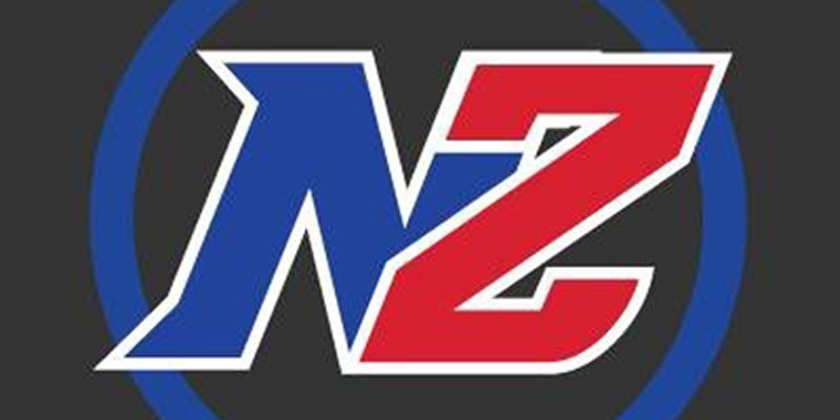
Scouting has become a quintessential skill in the world of modern hockey. The ability to evaluate talent is employed by everyone who watches the game: from industry professionals working to identify the next generation of NHL mainstays to casual fans attempting to decipher who their favourite team will draft.
While the screen displays the same image to everyone viewing, the top scouts watch the game with a different mindset. After several interviews with scouts at Neutral Zone a list of definitive desirable traits, fatal flaws, and everything in between has been compiled and organized to create a 2025 handbook to scouting.
Warmup
Despite conflicting opinions on warmup and pre-game habits, the chance to impress begins from the first step onto the ice. Numbers on a stat sheet or highlight clips only gives insight into a player’s best moments, and excludes many small details scouts are looking for.
A poor warmup may not disqualify a prospect from contention but it provides an opportunity to showcase fundamental skills without resistance. Seemingly simple skills like puck placement and skating ability outweigh flashier moves like dekes and toe drags that are hard to apply in a game. Ultimately, the most important aspect of warmup is preparation for the game ahead, through whichever form developed by the individual athlete.
Which skills are most important?
Teams are lined up, centers face off and the puck is dropped. What skills are being sought out?
The consensus primary ability being weighed is hockey IQ, broken down into three categories:
1. Puck movement: Predicting where the puck/player will go before it travels there
2. Decision making: Deciding when to push forward or stay back, dump and change/chase
3. Proactive vs reactive: Anticipating plays before they happen instead of after
Mental attributes can often outweigh physical capabilities especially in youth hockey. Proficiencies in these three areas lead to a smart player and is essential to any prospect trying to compete at a higher level. High hockey IQ will hide deficiencies in other areas, and can even counterbalance fatal flaws.
Fatal Flaws and Standout Skills
Fatal flaws are defined as deficiencies that outweigh strengths in other areas. For example, a phenomenal shooter who is the slowest skater on the ice has their best skill negated by incompetence in another. Fatal flaws can include mental weaknesses as well, with an unchecked ego being the most common. Having a baseline competence with fundamentals such as skating, positioning, attitude, and passing will allow other standout skills to shine.
Standout skills are the inverse of fatal flaws. Talents that can be noticed in just a few minutes of watching that far exceed that of their peers. Creating separation, exceptional vision, and puck placement are all abilities that elevate players above the field. Striking a balance between a specialist and being completely well rounded is difficult, but finding standout traits without sacrificing large gaps in skills (in fundamental areas) is essential to growth between levels.
Predicting ceiling
Assessing in-game performance is the first step, but how can a scout predict a player’s trajectory?
Ambition and perseverance are keystones to long-term development. Judging reaction to failure, drive to compete in every play, and dedication to winning are all indicators of a willingness to improve. Observing the same team through multiple games also gives a snapshot of improvements over a short period.
Depending on the age of the athlete, physical growth markers can be important: big hands, feet or parents indicate how much room to grow a teenager might have. Scrutinizing how a player’s approach will translate between levels is another aspect to consider. Someone reliant on physicality and brute force will struggle with promotion if their body can’t handle the age/size difference.
The same idea applies to speed skaters, puck handlers and most other specialized skill sets, leading to the last sign of high potential: matching body type to playstyle. A physical defender without the size to match or a stickhandler who’s slow and lumbering will get exposed as their level of competition rises. Complementing talent with physical acumen allows players to employ their strengths.
Scouting talent in any field is a difficult task, one especially tough in the extremely competitive landscape of amateur hockey. Identifying key attributes to search for and to steer clear from, understanding which physical barometers adapt through ascension through the ranks, and predicting where someone’s talent level may project to be years down the line are vital tools available to differentiate the next Connor Bedard from someone else.
Thank you to Nick Earle, James McGuigan, and Jeff McCarthy for making this article possible.
by Johnny Cole
Johnny Cole is a 23 year old writer and university student working out of Victoria, British Columbia. A passionate sports fan and lifelong athlete, Johnny is focused on telling human stories that often go under appreciated and under-covered.
